Internal control, GÁMES (HACCP), for fresh fish
Intended for managers of companies that work with fresh fish.
Further information can be obtained by sending an email to the e-mail address namskeid@matis.is.
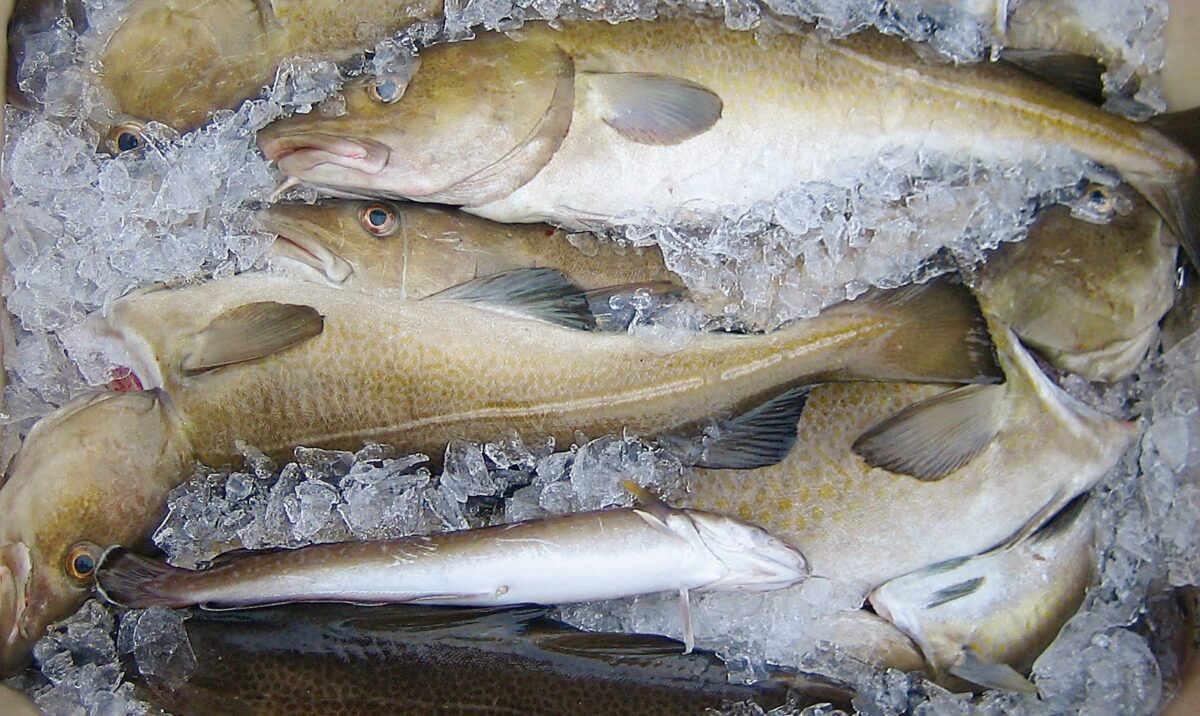
Further information can be obtained by sending an email to the e-mail address namskeid@matis.is.
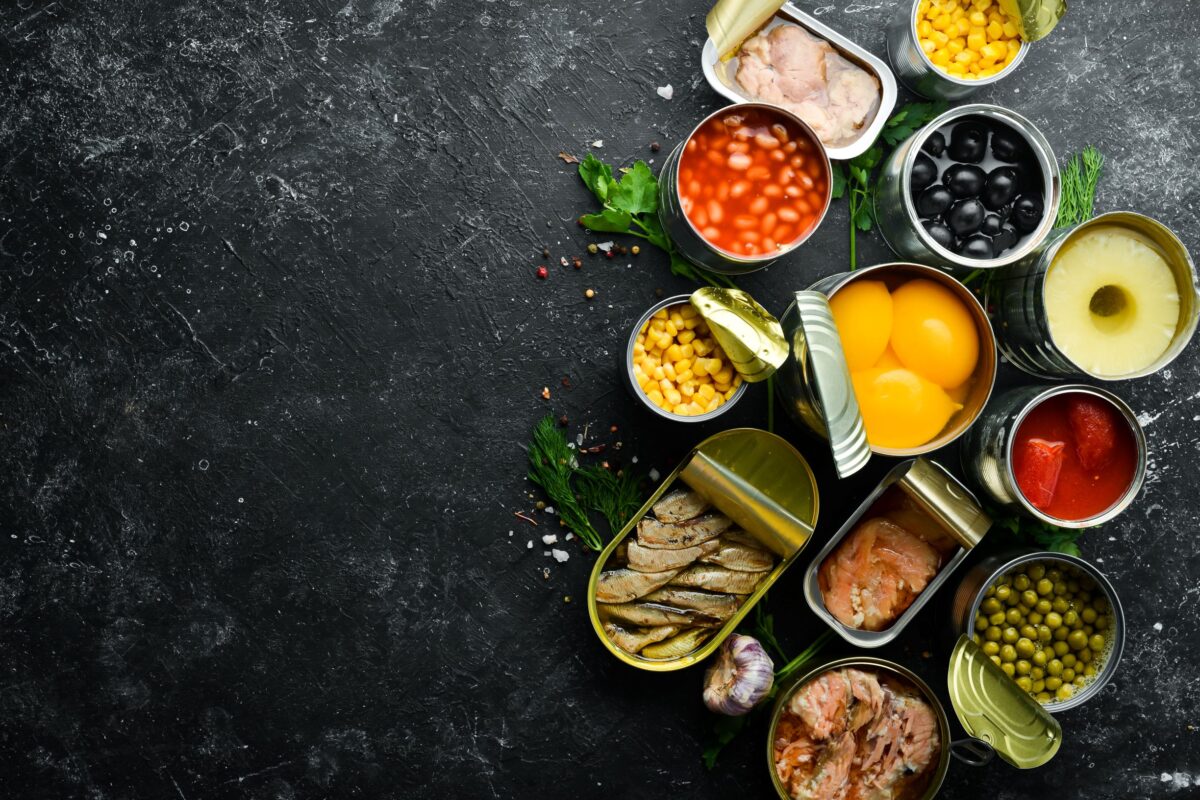
To achieve this long shelf life of laminate products, nothing can go wrong, for example the importance of factors such as the closing of cans, the boiling itself, temperature and time, sterilization, preservation and cooling when appropriate, and so on. No discount should be given in the production of these products because small deviations can have very dramatic consequences.
Páll Gunnar Pálsson, the author of the material, worked for years as a quality and production manager at the Norðurstjörn canning factory in Hafnarfjörður, but this is the seventh handbook that Páll Gunnar has compiled. They can all be accessed free of charge on Matís' website.
It was invaluable to get Einar Þór Lárusson, an expert at ORA, to be part of this project to share his vast experience and knowledge. But Einar Lár has worked in lagmetis and fish processing companies for decades in production, but last but not least in various product development and innovation projects.
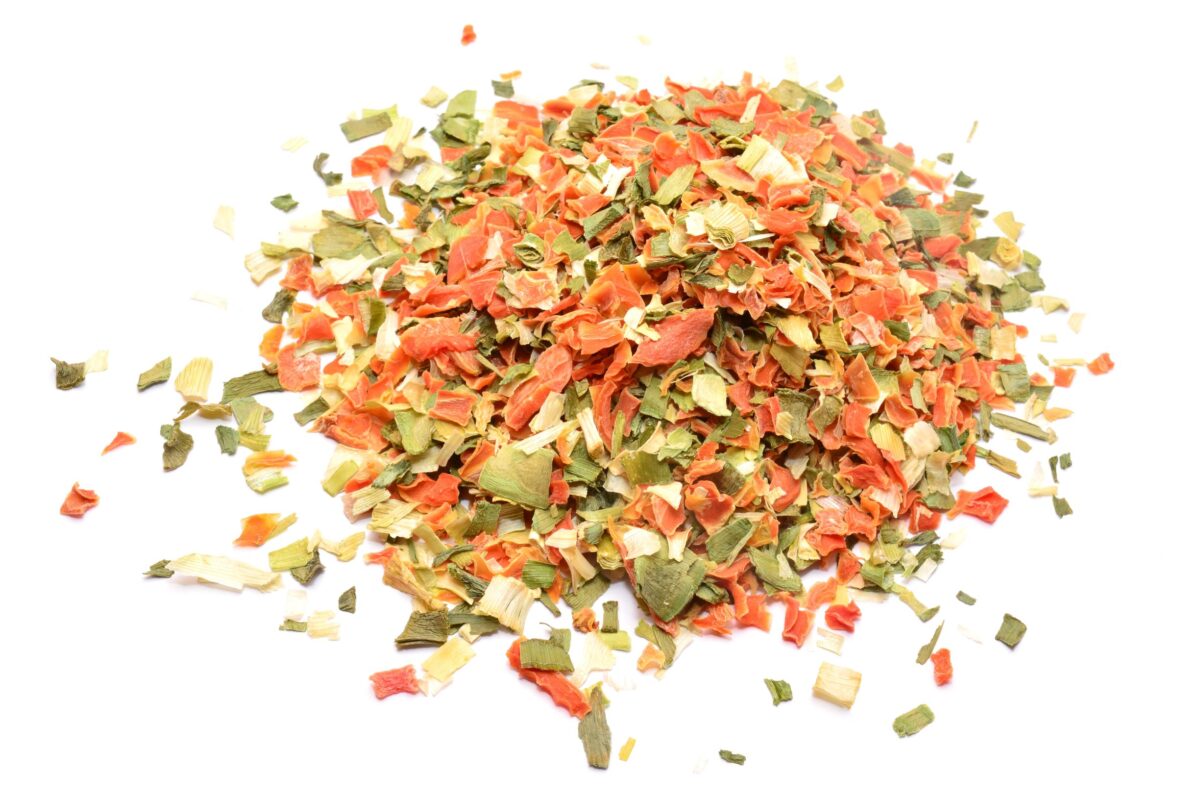
All the main aspects of the product's processing and handling will be covered, until it reaches the consumer's table. How and what is needed to produce it (including raw materials, equipment, facilities), advantages and disadvantages of different methods, hazards to be avoided, quality assessment, etc. The teaching is both theoretical and practical.
Further information can be obtained by sending an email to the e-mail address namskeid@matis.is.

Further information can be obtained by sending an email to the e-mail address namskeid@matis.is.
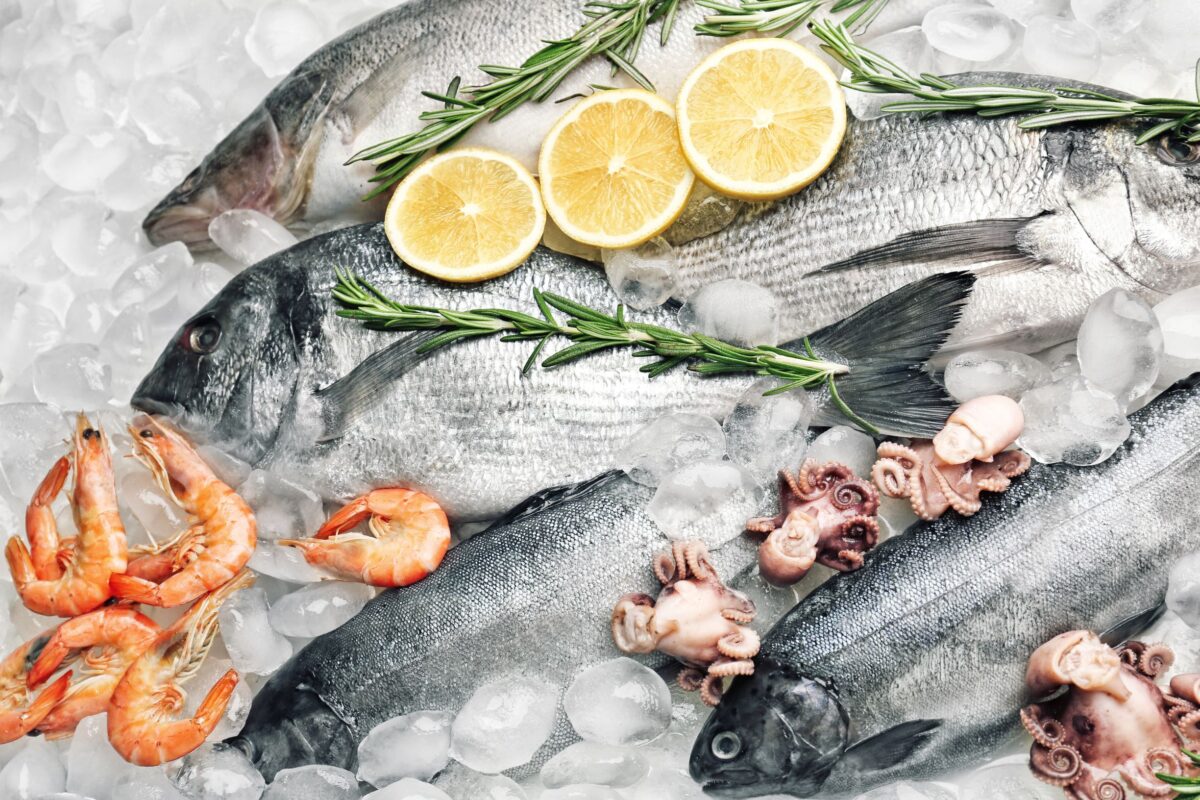
Further information can be obtained by sending an email to the e-mail address namskeid@matis.is.

All the main aspects of the product's processing and handling will be covered, until it reaches the consumer's table. How and what is needed to produce it (including raw materials, equipment, facilities), advantages and disadvantages of different methods, hazards to be avoided, quality assessment, etc. The teaching is both theoretical and practical.
Further information can be obtained by sending an email to the e-mail address namskeid@matis.is.
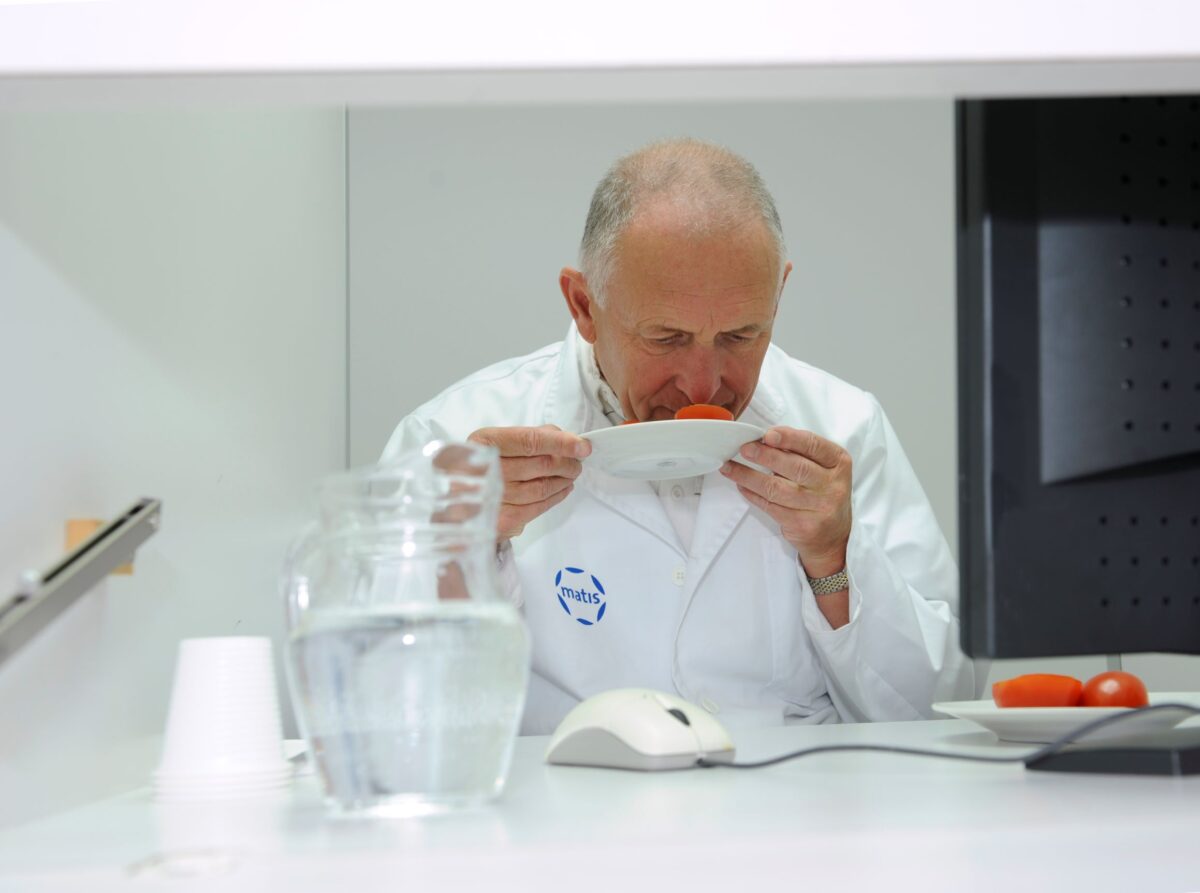
Further information can be obtained by sending an email to the e-mail address namskeid@matis.is.
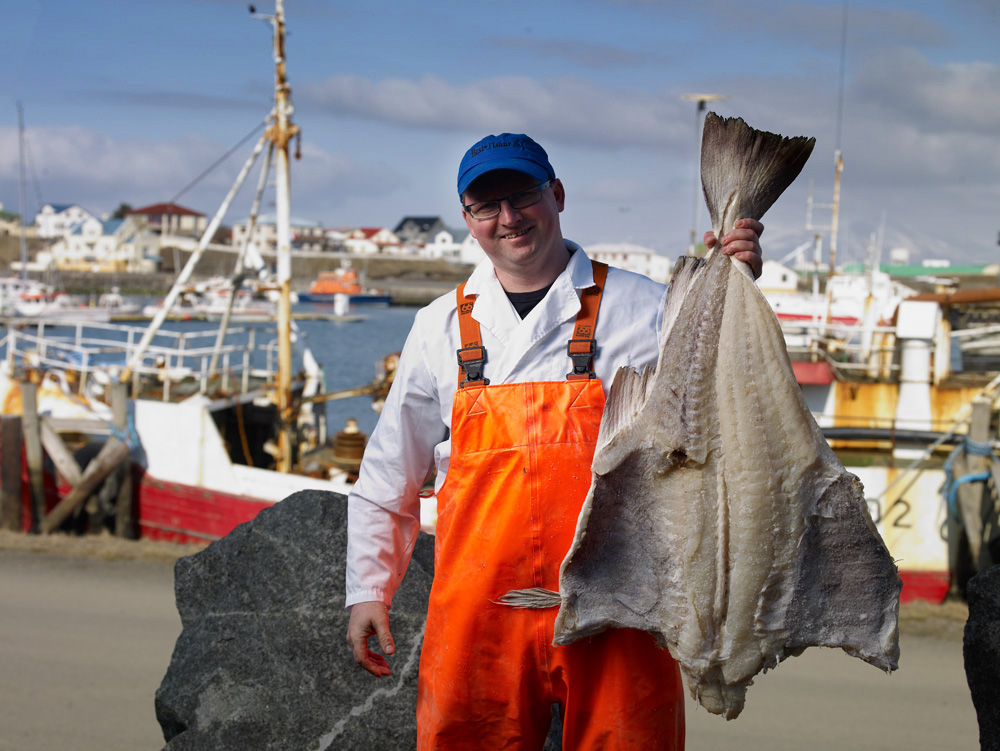
Further information can be obtained by sending an email to the e-mail address namskeid@matis.is.
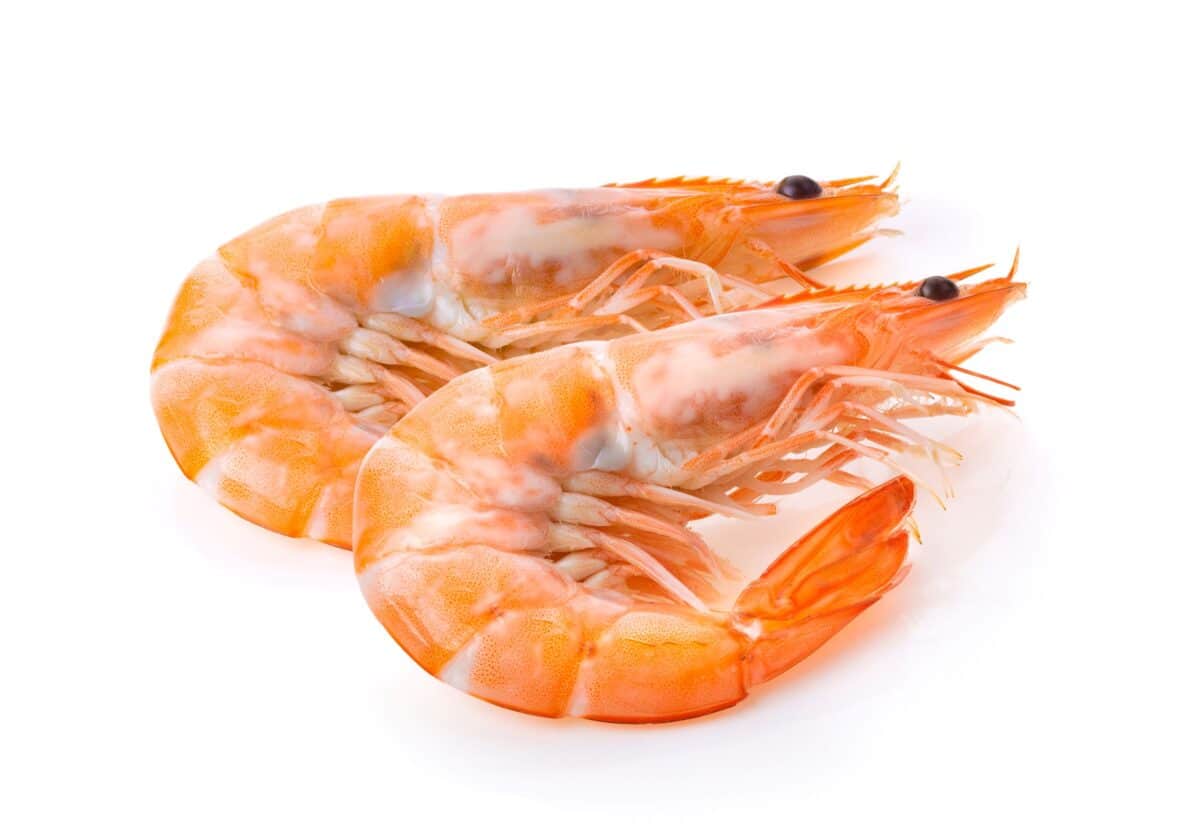
Further information can be obtained by sending an email to the e-mail address namskeid@matis.is.
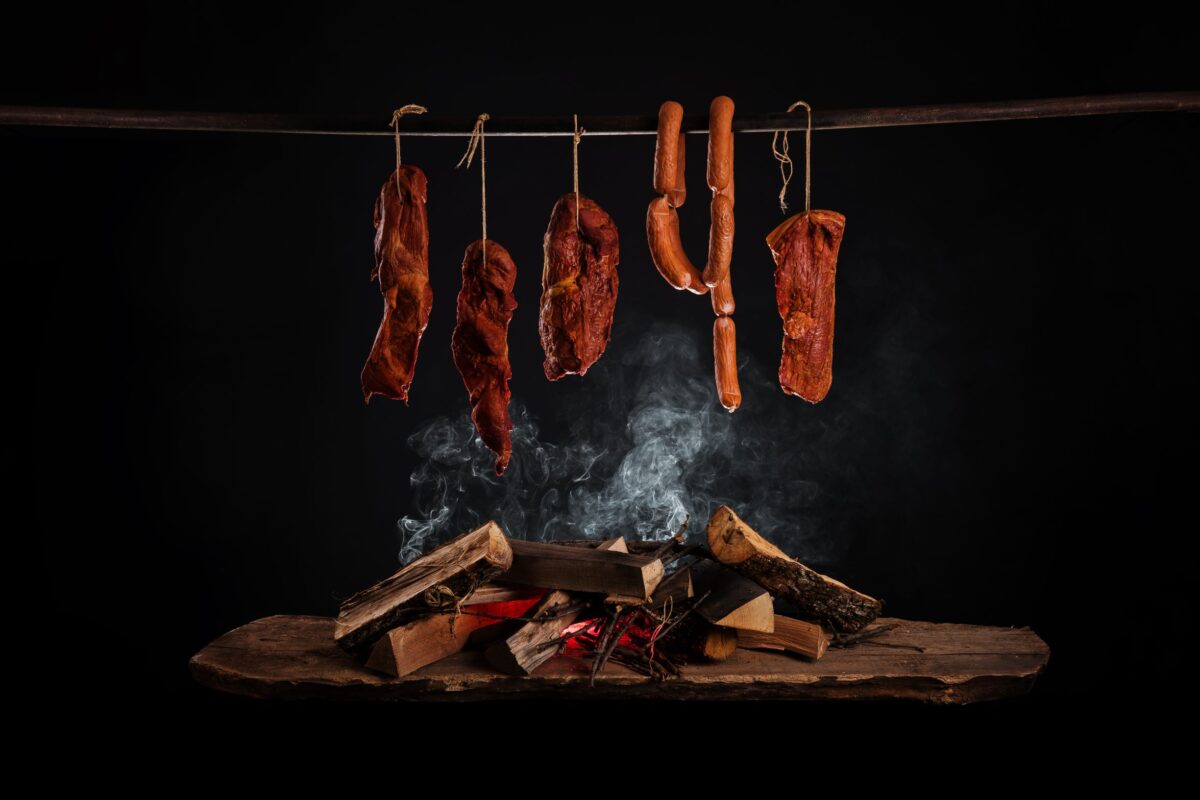
All the main aspects of the product's processing and handling will be covered, until it reaches the consumer's table. How and what is needed to produce it (including raw materials, equipment, facilities), advantages and disadvantages of different methods, hazards to be avoided, quality assessment, etc. The teaching is both theoretical and practical.
Further information can be obtained by sending an email to the e-mail address namskeid@matis.is.